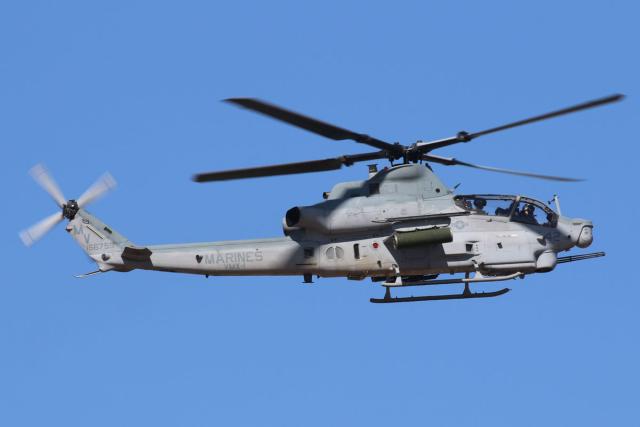Ekene Lionel Ibeneme
New Member

The service which has been in the forefront of Research and Development (R&D) in Nigeria over the past years, unveiled some aeronautical projects which includes; a prototype Unmanned Hexacopter, Oleo-Pneumatic Shock Absorber for Unmanned Aerial Vehicles (UAV), an Automatic Solar Tracking System and a Rocket Launcher Circuit Test Box.
Others were a prototype of Light Weight Helicopter, similar to the recently unveiled Nigerian Army-made Helicopter Project , as well as the adaptation and installation of BO-105 Helicopter guns on the Bell 412 Helicopters recently handed over to the NAF by the Federal Government.

See more pictures here>>>
Nigerian Air Force straps bomb to Hexacopter drone, showcase modified gunpods. | African Military Blog

